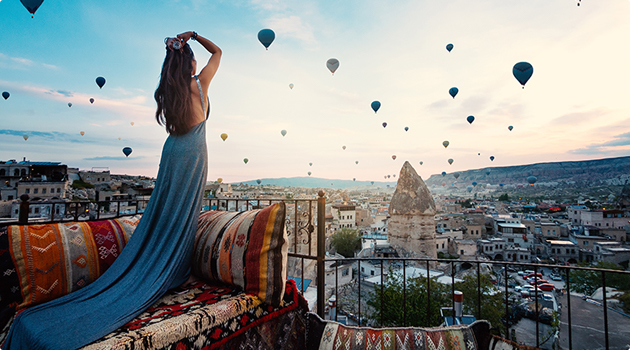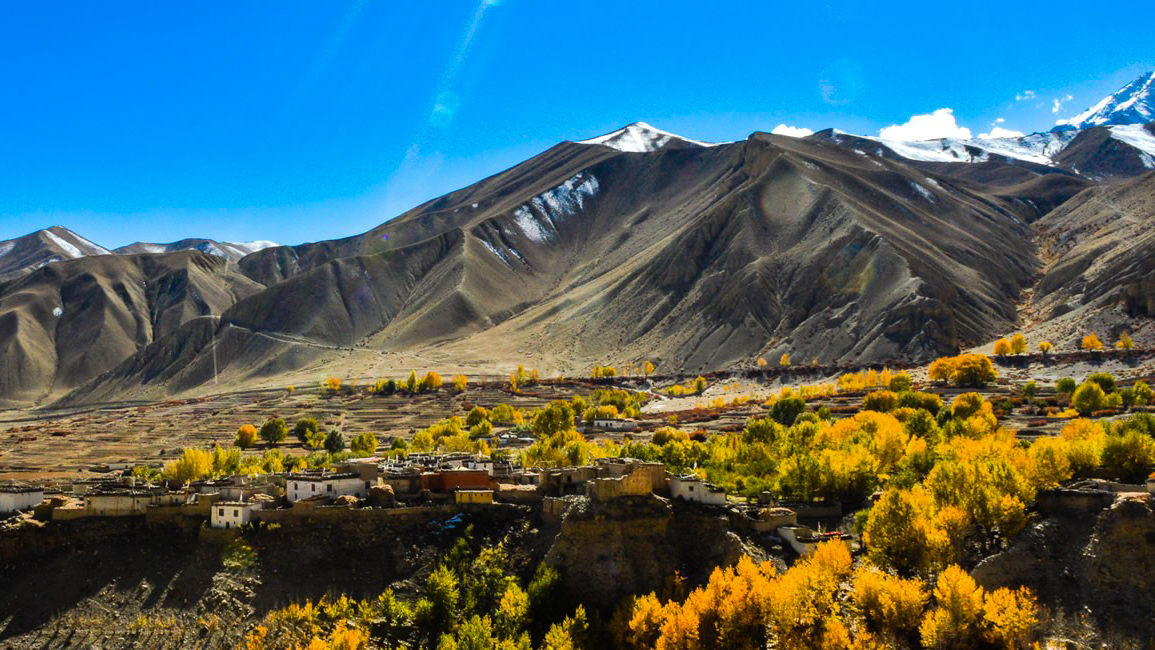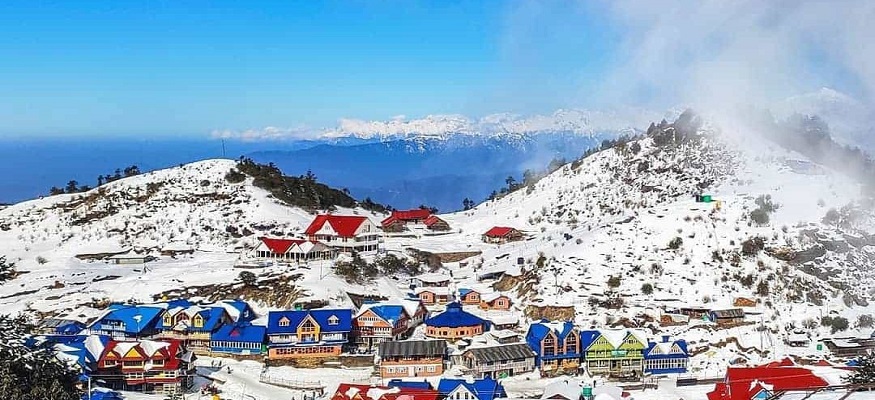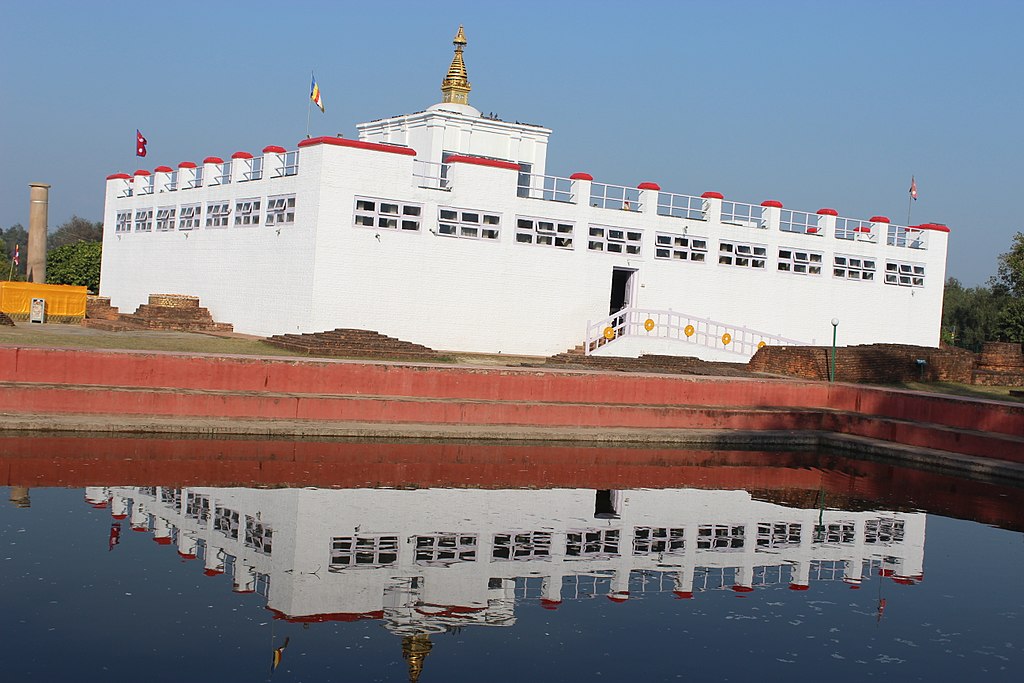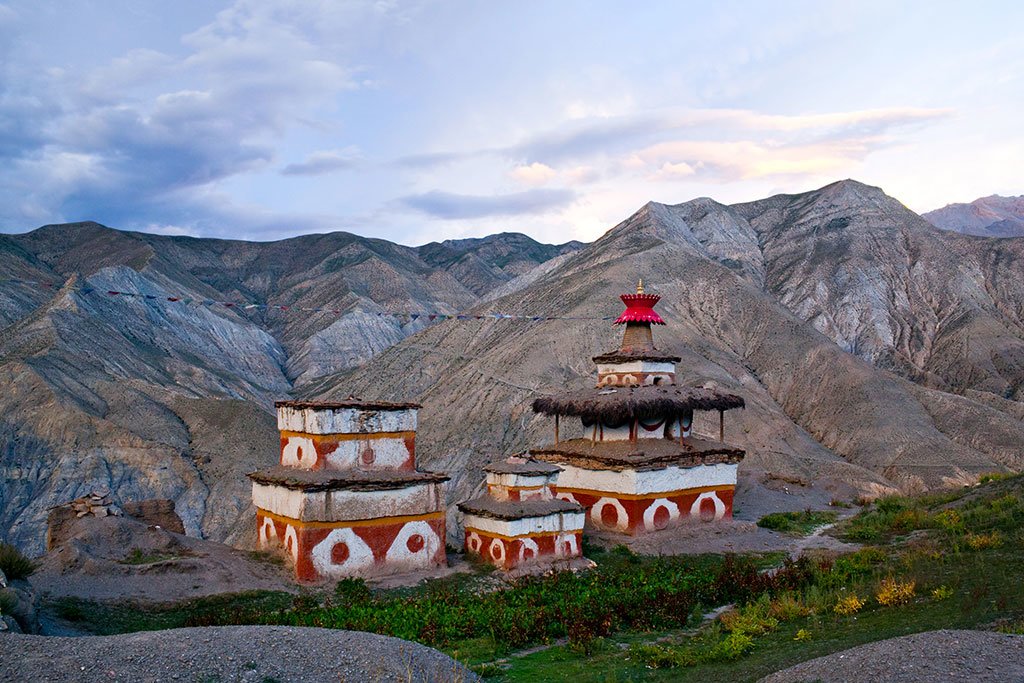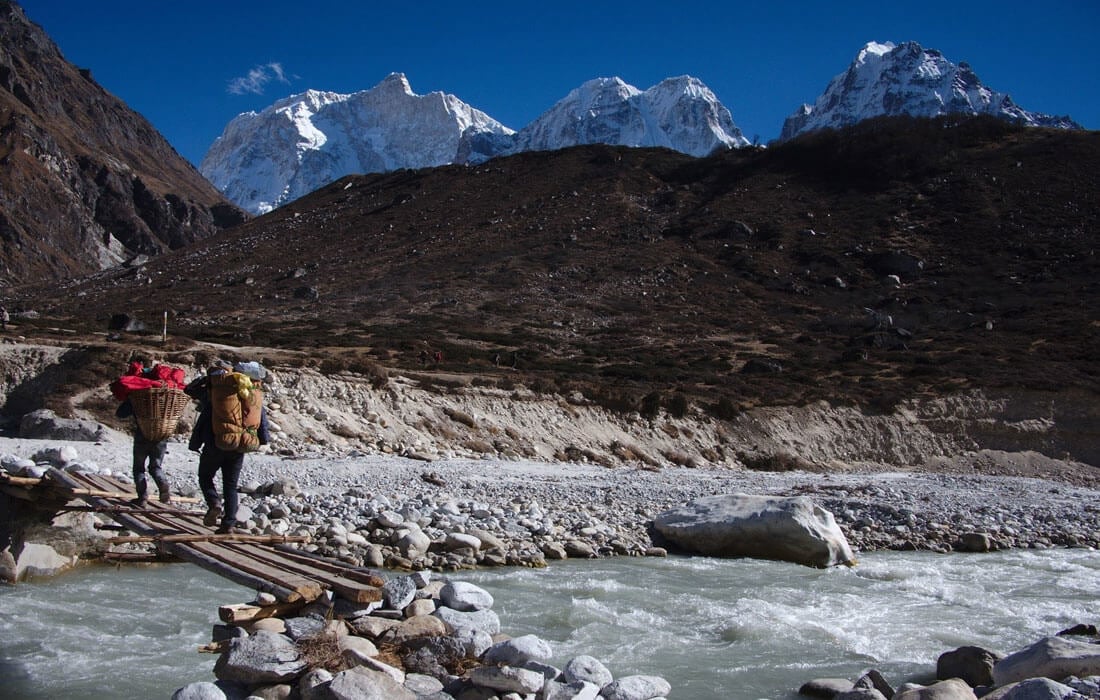 About this Trip
About this Trip
The Manaslu Circuit Trek represents an extraordinary blend of natural splendor and cultural richness. What makes this trek special is its off-the-beaten-path character, offering the grandeur of the Himalayas without the crowds found on more popular routes.
As you ascend through the Budi Gandaki Valley, the landscape transforms dramatically. The trail begins in the humid, subtropical regions near Soti Khola, with lush vegetation and terraced rice fields. Gradually, the terrain shifts to alpine meadows and barren landscapes as you approach the higher elevations. Each day brings new vistas, with Manaslu revealing its magnificent face in stages, creating a sense of anticipation throughout the journey.
The cultural aspect of the trek is particularly compelling. The lower regions are home to Hindu Gurung and Tamang villages, while the upper reaches feature Tibetan Buddhist communities that maintain strong ties to their ancient traditions. Monasteries in Lho, Sama Gaon, and other villages offer glimpses into spiritual practices that have endured for centuries, largely untouched by outside influence despite the slowly growing number of trekkers.
Physically, the trek challenges participants with long ascents and the formidable Larkya La Pass (5,160m), as well as the effects of high altitude. However, the carefully planned acclimatization days built into most itineraries allow the body to adapt gradually, making the trek achievable for reasonably fit individuals. The sense of achievement upon crossing the Larkya La Pass, with its sweeping views of Himlung, Cheo Himal, and the Annapurna range, creates an indelible memory.
Throughout the journey, the connections formed with fellow trekkers, guides, and porters add another dimension to the experience. Sharing meals in simple tea houses, exchanging stories, and encouraging one another through challenging sections forms bonds that often last well beyond the trek itself.
The Manaslu Circuit Trek represents an extraordinary blend of natural splendor and cultural richness. What makes this trek special is its off-the-beaten-path character, offering the grandeur of the Himalayas without the crowds found on more popular routes.
As you ascend through the Budi Gandaki Valley, the landscape transforms dramatically. The trail begins in the humid, subtropical regions near Soti Khola, with lush vegetation and terraced rice fields. Gradually, the terrain shifts to alpine meadows and barren landscapes as you approach the higher elevations. Each day brings new vistas, with Manaslu revealing its magnificent face in stages, creating a sense of anticipation throughout the journey.
The cultural aspect of the trek is particularly compelling. The lower regions are home to Hindu Gurung and Tamang villages, while the upper reaches feature Tibetan Buddhist communities that maintain strong ties to their ancient traditions. Monasteries in Lho, Sama Gaon, and other villages offer glimpses into spiritual practices that have endured for centuries, largely untouched by outside influence despite the slowly growing number of trekkers.
Physically, the trek challenges participants with long ascents and the formidable Larkya La Pass (5,160m), as well as the effects of high altitude. However, the carefully planned acclimatization days built into most itineraries allow the body to adapt gradually, making the trek achievable for reasonably fit individuals. The sense of achievement upon crossing the Larkya La Pass, with its sweeping views of Himlung, Cheo Himal, and the Annapurna range, creates an indelible memory.
Throughout the journey, the connections formed with fellow trekkers, guides, and porters add another dimension to the experience. Sharing meals in simple tea houses, exchanging stories, and encouraging one another through challenging sections forms bonds that often last well beyond the trek itself.

From $0
Price Varies from Group Size
Success
Here goes about why the success toast occurred.
 Itinerary
Itinerary
Arrival in Kathmandu (1,400m)
Kathmandu to Soti Khola (710m)
Soti Khola to Machha Khola (900m)
Machha Khola to Jagat (1,340m)
Jagat to Deng (1,800m)
Deng to Namrung (2,630m)
Namrung to Samagaon (3,530m)
Acclimatization Day in Samagaon
Samagaon to Samdo (3,875m)
Acclimatization Day in Samdo
Samdo to Dharamsala/Larkya Phedi (4,460m)
Dharamsala to Larkya La Pass (5,160m) to Bimthang (3,720m)
Bimthang to Tilije (2,300m)
Tilije to Tal (1,700m)
Tal to Syange (1,100m)
Syange to Kathmandu
Departure from Kathmandu
 Services
Services
Includes
- Specialized bilingual guide
- Private Transport
- Special permits for the restricted Manaslu Conservation Area
- Round-trip transfers and local transportation as outlined
- Daily meals on the trek: breakfast, lunch, and dinner
- Services of an experienced guide and porter during the trek
- All essential trekking permits, including conservation area fees
- Accommodation throughout the trek (lodges, guesthouses, and tea houses)
Excludes
- Additional accommodation due to unexpected delays or changes
- Comprehensive travel and medical insurance for the trip
- Gratuities for the guides, porters, and trekking support staff
- Personal trekking equipment and gear (sleeping bags, jackets, etc.)
- International flights and entry visa fees for Nepal
- Extra food and drinks
 Good To Know
Good To Know
Train 3-4 months in advance with cardio and hiking, acclimatize slowly to avoid altitude sickness, pack layered clothing and quality boots, carry extra batteries as charging facilities are limited on this remote trek, respect local customs by asking permission before photographing locals, and carry small Nepalese rupees as costs rise with altitude and cards aren't accepted in this remote region.
Wildlife Encounters
Blue sheep (bharal) on high slopes
Himalayan tahr
Himalayan langur monkeys
Pika (small alpine mammals)
Various high-altitude birds including Himalayan griffon
Snow leopards (extremely rare sightings)
Red panda (in lower forested regions)
 Reviews
Reviews
 FAQs (Frequently Asked Questions)
FAQs (Frequently Asked Questions)
Your queries are answered.
Do I need trekking experience?
Prior trekking experience is beneficial but not mandatory. However, previous experience hiking at altitudes above 3,000m is recommended, along with regular exercise and cardio training for 3-4 months before the trek.
What is the best time of year for this trek?
March to May (spring) and October to November (autumn) offer the best conditions. Spring features blooming rhododendrons, while autumn typically has the clearest skies and stable weather.
Do I need special permits?
Yes, the Manaslu region is a restricted trekking area requiring special permits that must be arranged through a registered trekking agency. You'll need the Manaslu Restricted Area Permit, Manaslu Conservation Area Permit, and TIMS card.
How do I prevent altitude sickness?
Follow the acclimatization schedule, stay hydrated, ascend slowly, and communicate any symptoms to your guide immediately. Medications like Diamox can be discussed with your doctor before traveling.
What type of accommodation can I expect?
Tea houses provide basic accommodation with twin beds, communal dining areas, and limited facilities. Being a less-traveled route, facilities are generally more basic than on popular trails like Everest or Annapurna.
Is it possible to shower during the trek?
Hot showers are available at some tea houses for an additional fee but become increasingly limited at higher elevations. Bring biodegradable wet wipes for personal hygiene.
How reliable is the WiFi and phone connectivity?
Very limited. WiFi is available only in larger villages like Namrung and Samagaon for a fee, and even then it's unreliable. Local SIM cards with data packages work in lower regions but not at higher elevations or in many parts of the circuit.
Can dietary restrictions be accommodated?
Most tea houses can accommodate vegetarian diets, but vegan, gluten-free, or other specific diets may be challenging. Bringing supplementary food items is recommended for specialized diets.
How much should I budget for the trek?
Beyond the package cost, budget approximately $10-20 per day for additional snacks, drinks, hot showers, and charging facilities. Prices increase with altitude and remoteness.
How much should I tip the guides and porters?
Tipping is customary and appreciated. A general guideline is $10-15 per day for guides and $5-8 per day for porters, typically given at the end of the trek.
